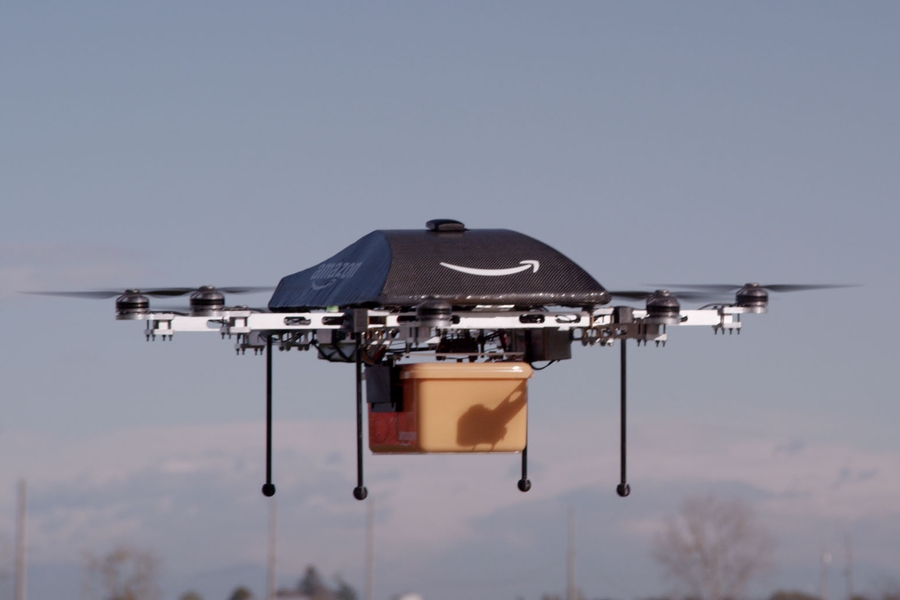 Image Credit: Amazon Prime Air
Image Credit: Amazon Prime Air
Jeff Bezos Promised Drone Deliveries By 2019 — But 3 Things Are Missing
Five years ago, Jeff Bezos promised in a 60 Minutes interview that drones would deliver goods to our homes by 2019. With the new year upon us, it’s exciting to think that drone package delivery could be a reality in the US, just as it’s starting to happen in other countries.
While hobbyists are already filling the air, consumers may be wondering whether we’ll soon see widespread services like pizza deliveries. In order to enable this reality, a few key pieces must still fall into place. They fall into three main buckets: economic, regulatory, and technological.
Show me the money: Displaying an economic driver
First, businesses must establish an economic driver. This is a classic cost-benefit analysis, where drone deliveries either have to be cheaper than vehicle delivery or they need to be so convenient that customers are willing to pay more for it.
Amazon, a pioneer in developing drone delivery services, made more than five billion deliveries to Prime customers in 2017. That number of deliveries puts the company’s shipping costs at roughly $20 billion for one year. Can companies like Amazon reduce costs and increase services? How about increase safety, reduce greenhouse gas emission, fly at altitudes that reduce noise, and alleviate privacy concerns? The answer is yes.
The shift will happen when it becomes a more economical way to meet consumer demands. I envision this will take place in the next five to ten years as the number of consumers shopping online continues to grow and the demand for fast or same day delivery reaches an all-time high. Amazon and other retailers will reach a tipping point that will lead to change and innovation being adopted across the board.
The FAA and DOT partner with private sector: Creating a regulatory framework Currently, it’s illegal to fly drones over people, at night, or beyond an operator’s visual line of site (BVLOS) without a Federal Aviation Administration (FAA) waiver, which is difficult to obtain. The reason being that safe pathways need to be identified, like highways for drones, to create a safe airspace.
As a society, we have become inured to the idea that a multi-ton aircraft flying overhead could come crashing down, albeit unlikely. As such the acceptance of drone flight en masse will happen as we come to trust that the infrastructure is in place to provide public safety and frankly, as we get used to it. And the key to get there is regulation.
The airspace beneath 400 feet, where most drones operate, requires an airspace management system similar to what is already in place for commercial airlines and US highways. Brian Wynne of the Association for Unmanned Vehicle Systems International (AUVSI) emphasized its importance to implementing package delivery via drone.
“Advancements in UAS are developing at a rapid pace, and the positive impact of this innovation on our economy, lifestyle, and society is tremendous. To tap into the full benefits of UAS, however, we must ensure that our skies remain safe and secure. By granting authority to government agencies to mitigate threats, they can quickly act to stop them. Stricter enforcement against careless, reckless and other potentially malicious behavior will not only punish operators who misuse UAS technology but deter others from doing so,” Wynne said.
As a key step in creating a regulatory framework, this year the FAA announced its selection for the UAS IPP – the unmanned aircraft systems integration pilot program. The program allows for governments and private sector entities to examine ways to accelerate safe UAS integration and to enable things such as package delivery and passenger transportation down the road.
Progress is already being demonstrated on this front. Last October, the state of North Carolina DOT (a UAS IPP partner) proposed to “test localized package delivery within a defined airspace by establishing drone delivery stations in local communities.” NC DOT and partners successfully completed several deliveries of simulated medical packages from one hospital to another.
Basil Yap, head of NCDOT’s UAS program said: “This ‘First Flight’ is a major step forward in the worlds of healthcare and unmanned technology…We’re crossing a new frontier that will bring increased efficiency and lower costs to healthcare providers, and ultimately help save patients’ lives.”
Invest in the tech: Enabling a new frontier The private and financial sectors must continue to invest in new technologies that make drone delivery services possible. The UAS IPP is a great example of a public/private partnership needed to move the industry forward while considering long-term safety and air traffic management.
Companies operating a fleet of drones must have a clear and constant awareness of what is happening in the airspace under 400 feet. To do so, they must invest in and adopt airspace awareness systems that ensure human safety, and that flight paths or delivery points are “well-clear” of any impediment.
Industry giants like GE, Harris, and Boeing are readily investing in advanced solutions that help mitigate air traffic issues. Fortem Technologies has developed an airspace awareness platform called Fortem SkyDome™ which utilizes advanced radar and AI to detect and classify airborne objects autonomously.
We are at the five-year mark for Amazon Prime Air, and 2019 holds great promise for drone package delivery. With the strong public-private partnership established with the UAS IPP, and big advances made in airspace safety and security, we can begin to see the opportunity afforded by goods and services delivered by drone.
For businesses the cost-benefit is powerful; and for people where time savings can be life-saving, as in the delivery of blood and medical supplies, the benefits are clear. Consumers will also benefit once drone delivery becomes more mainstream — from time and cost savings on home deliveries to reduced auto emissions and better air quality. And let’s not forget that a drone can deliver your pizza, rain or shine, over hills and valleys in sub-optimal conditions and you still don’t have to tip the driver.

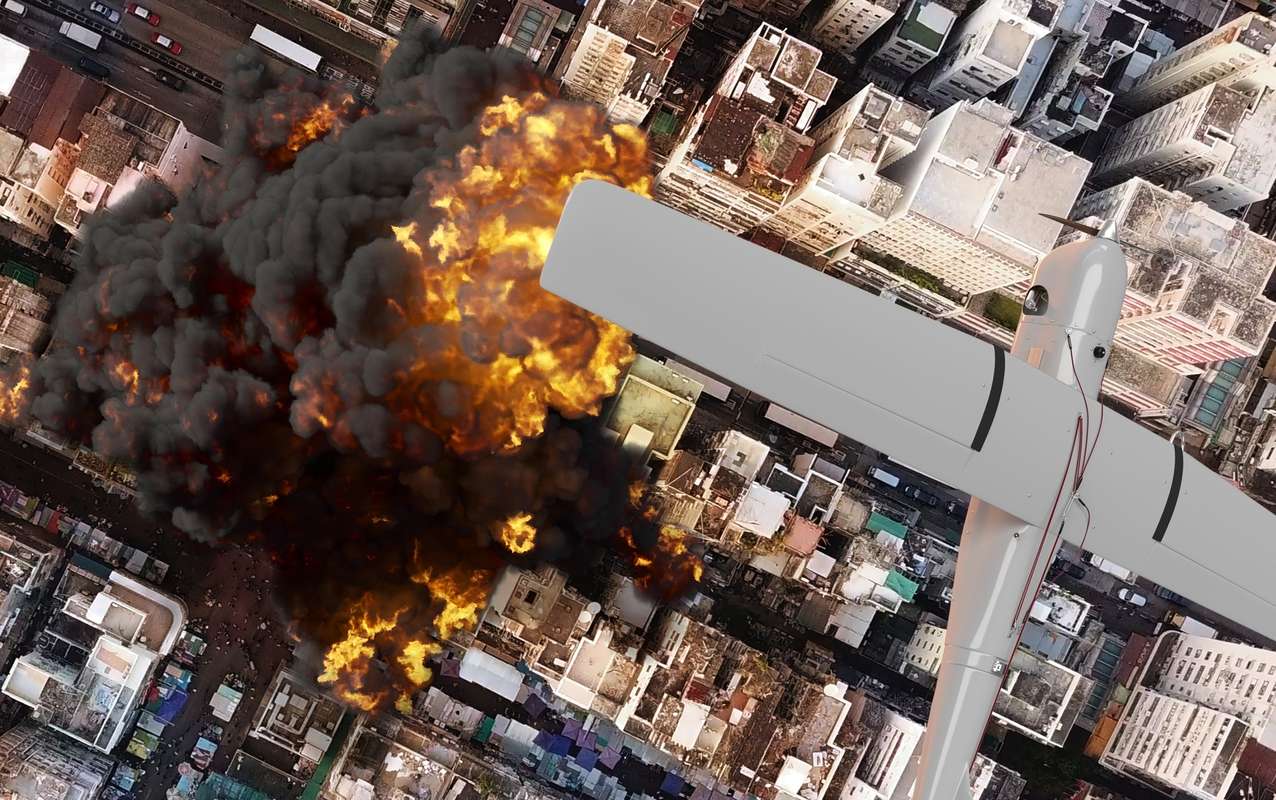
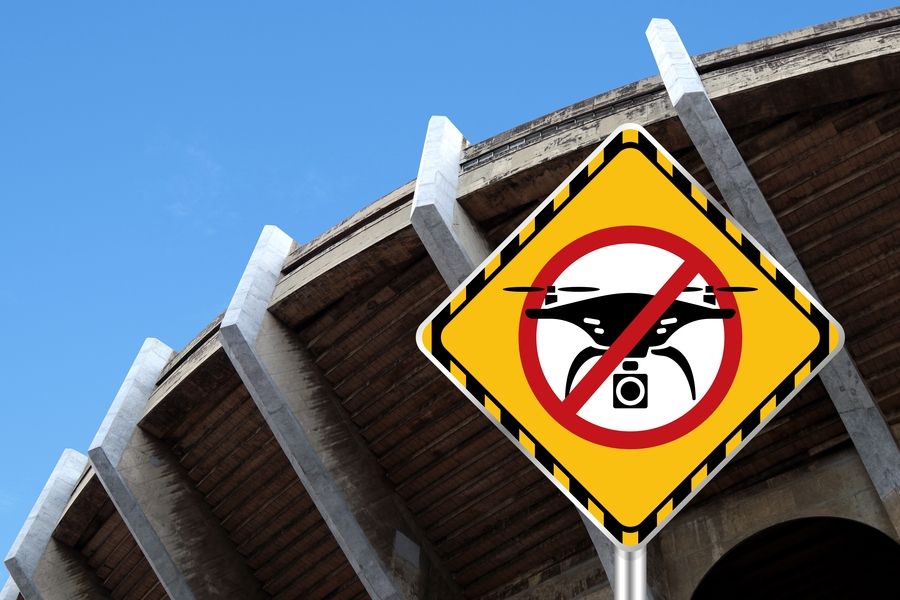
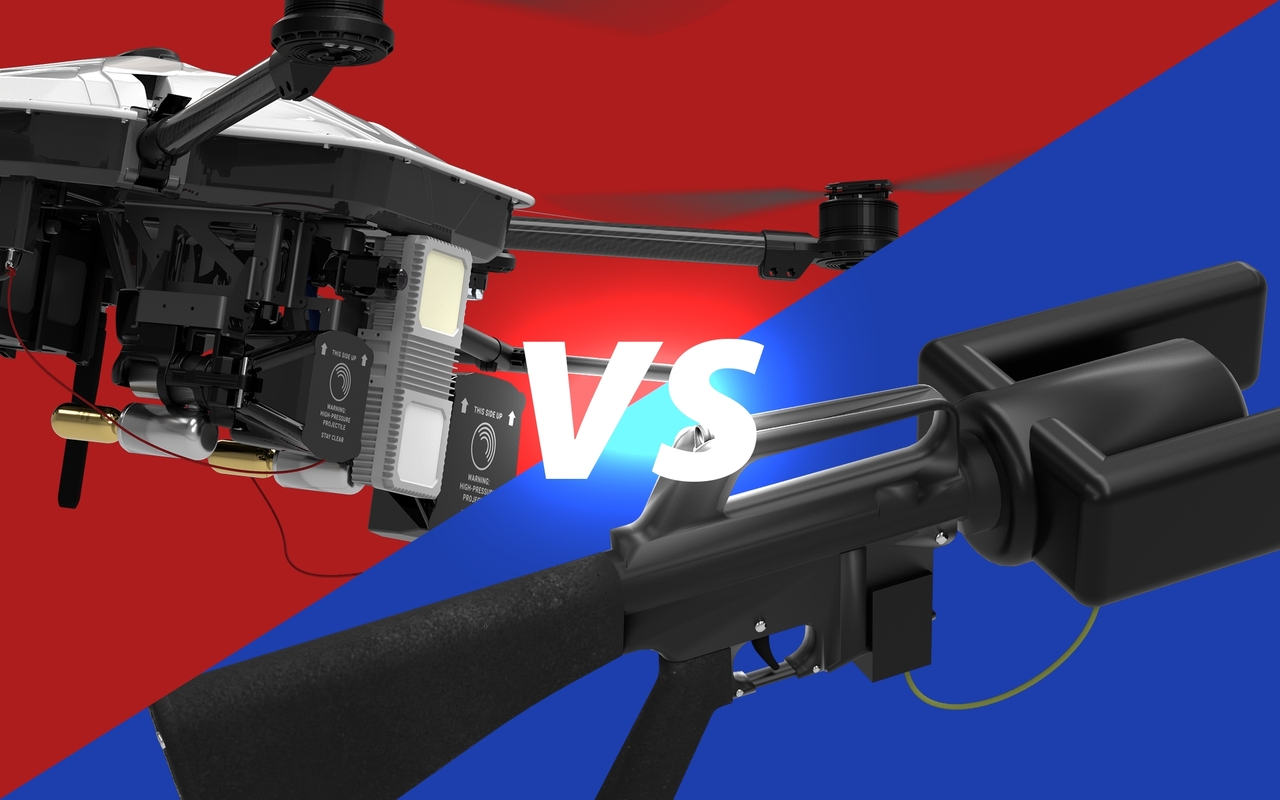
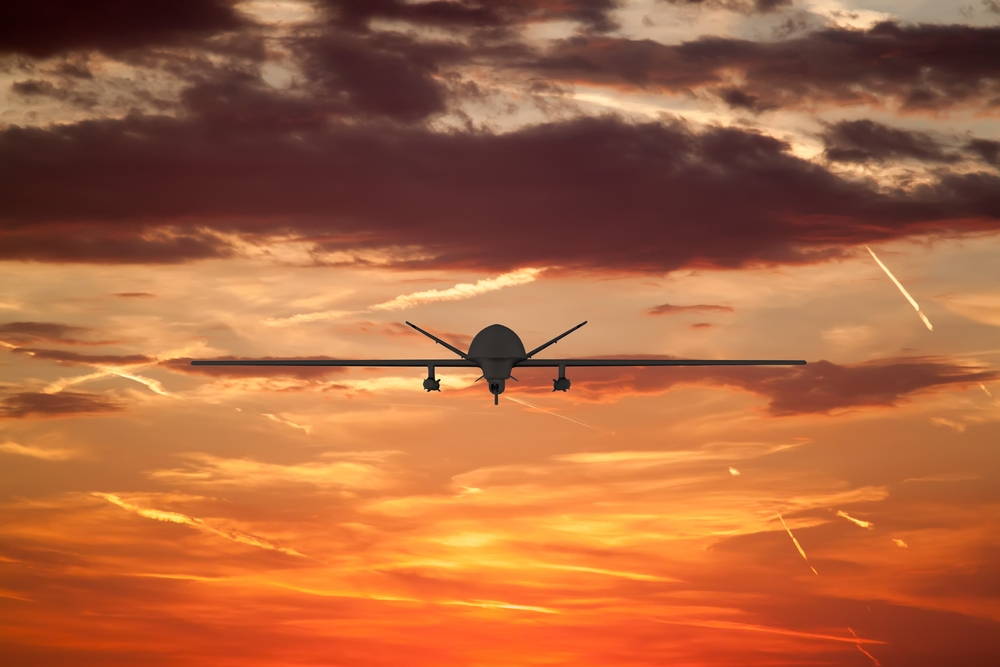

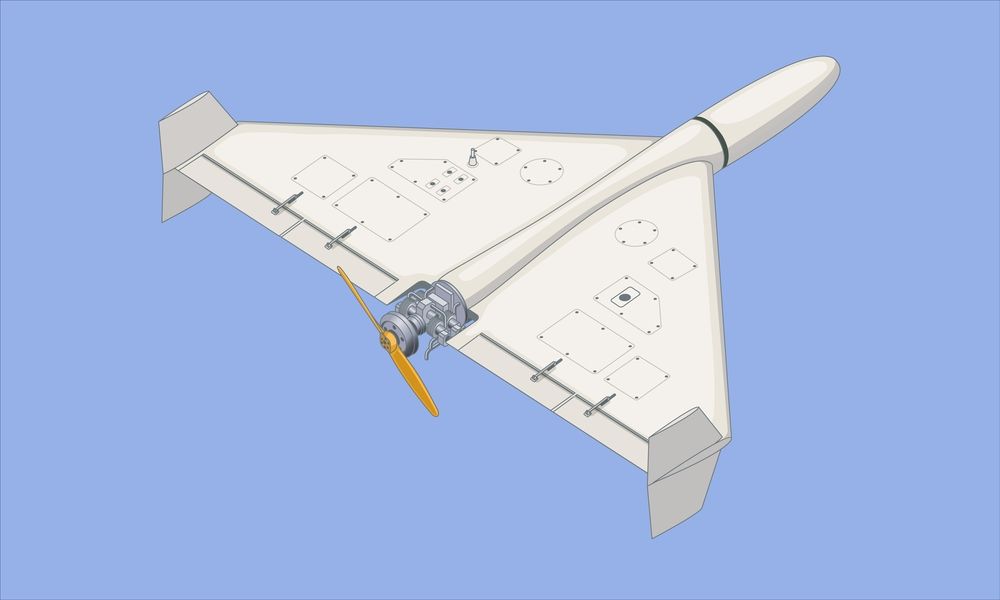
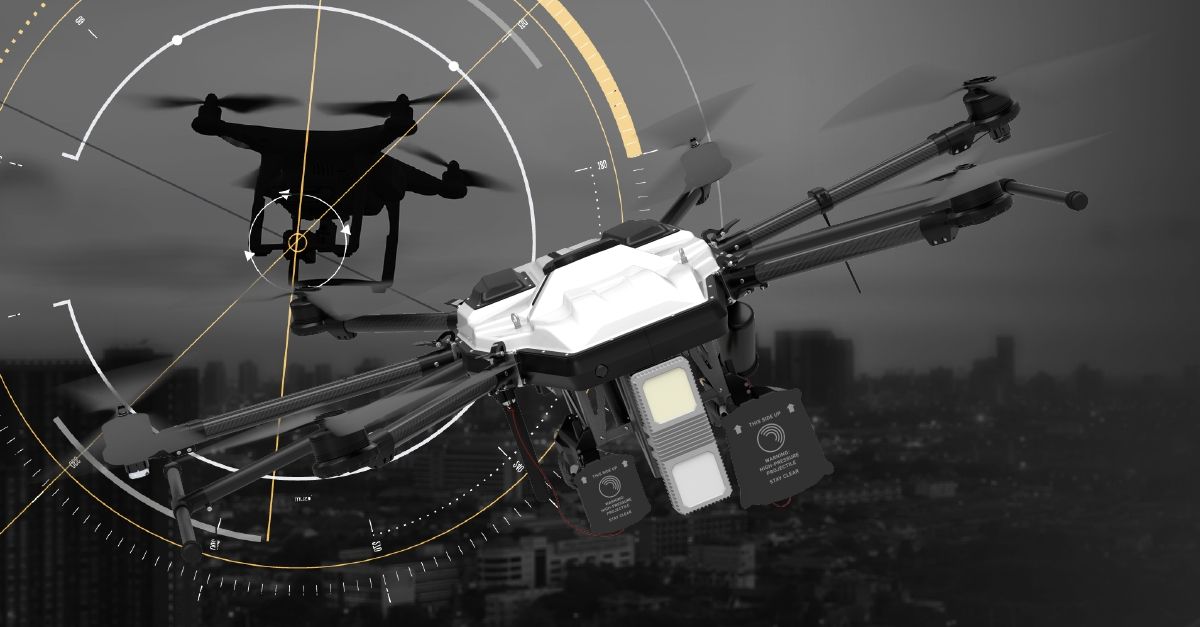
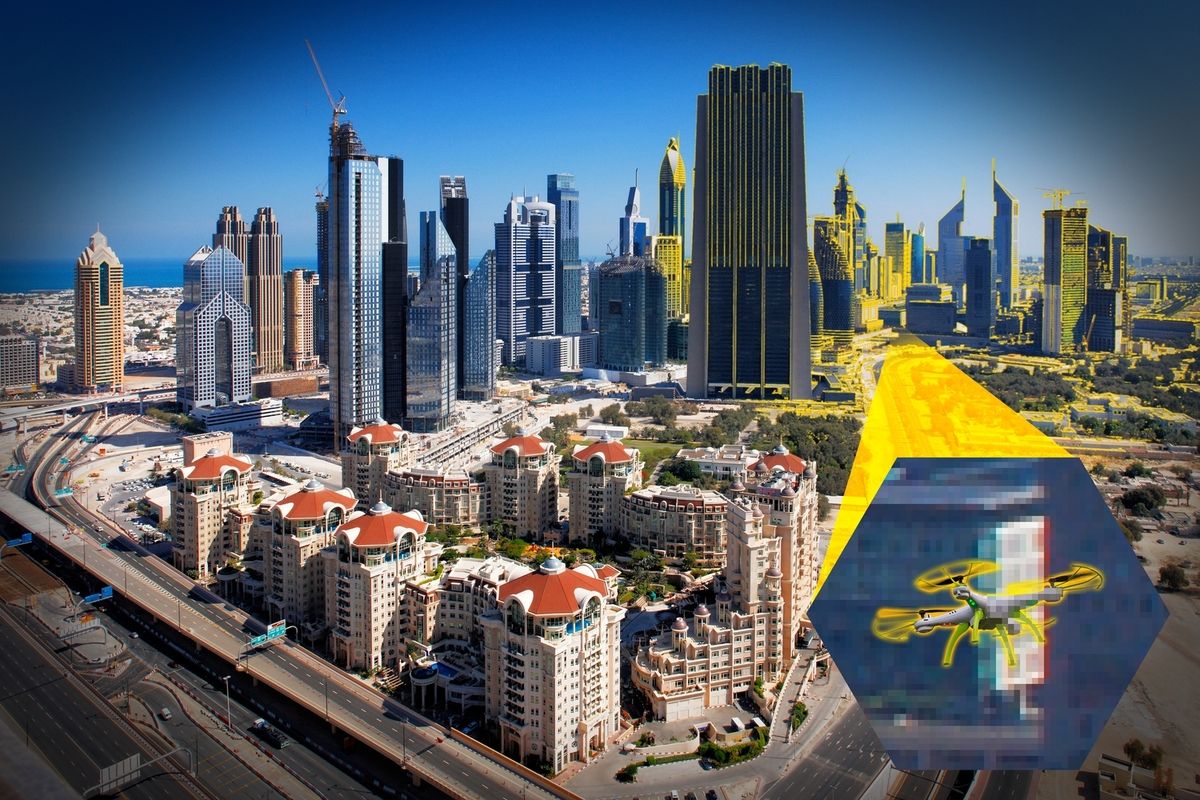
Related posts